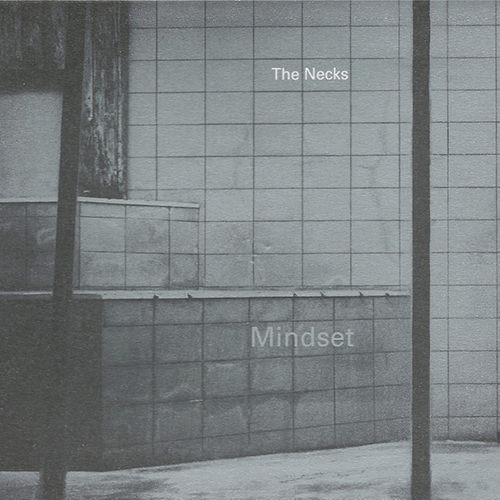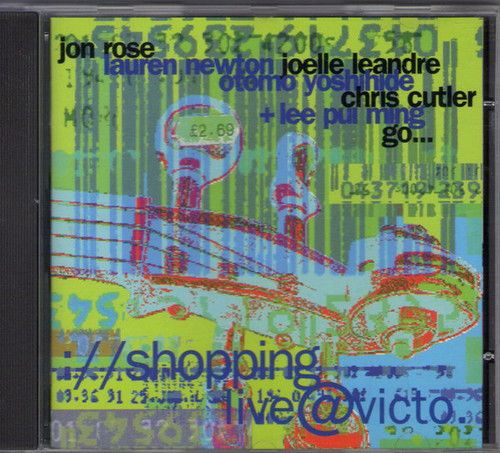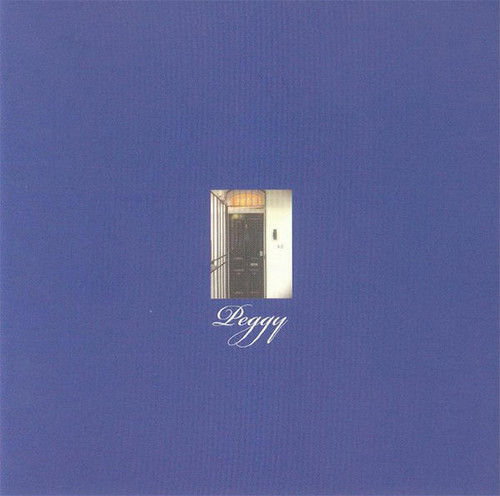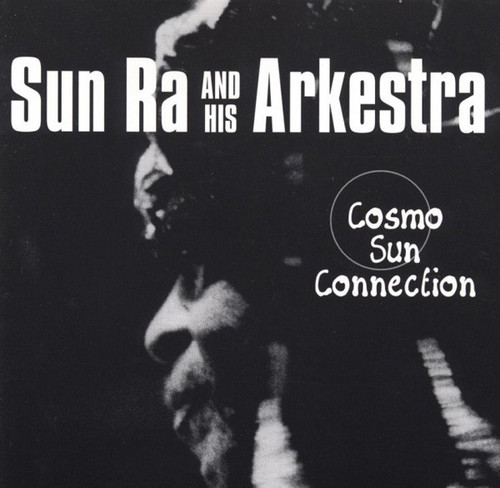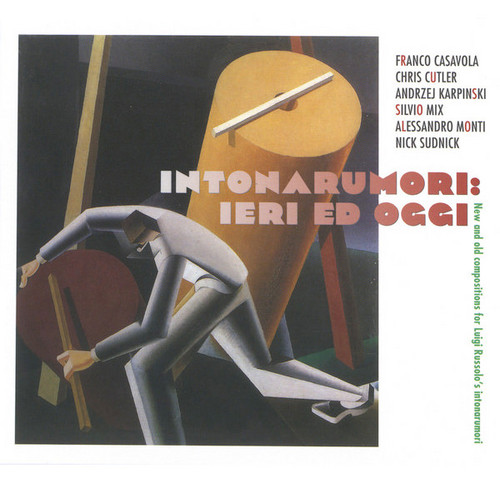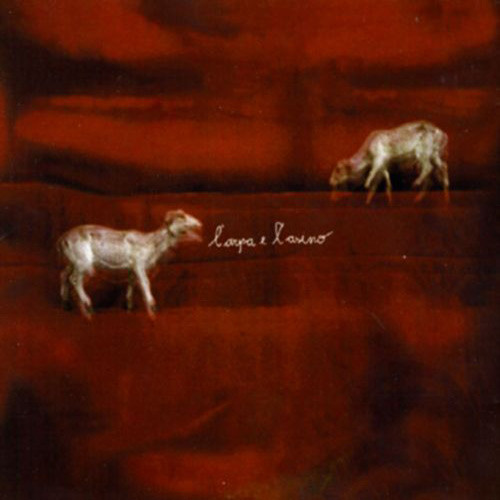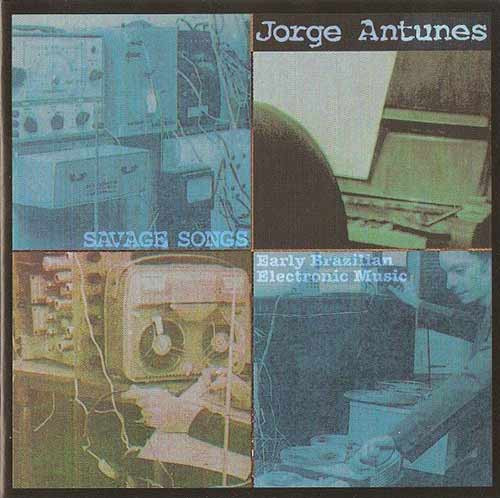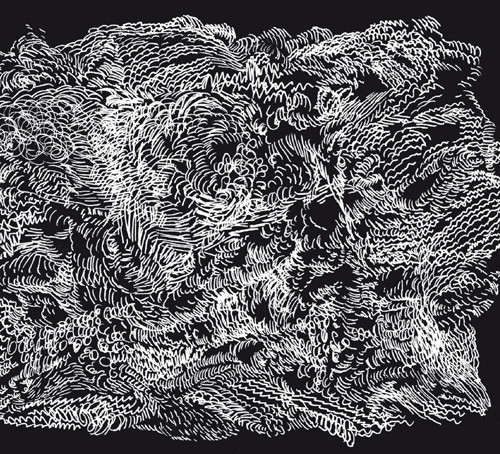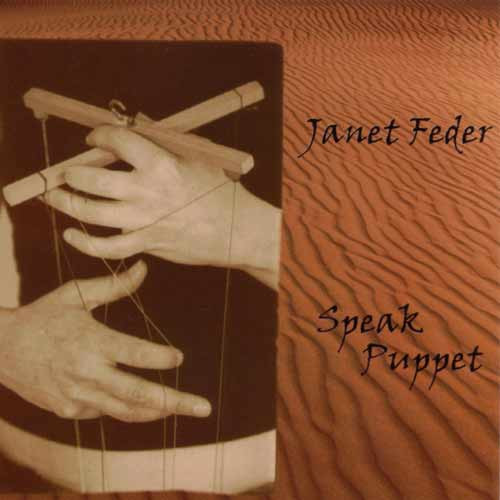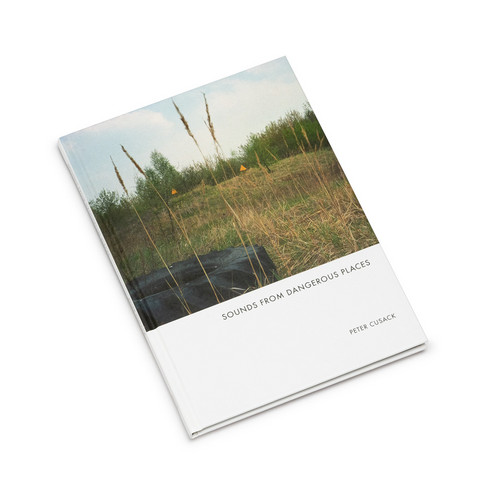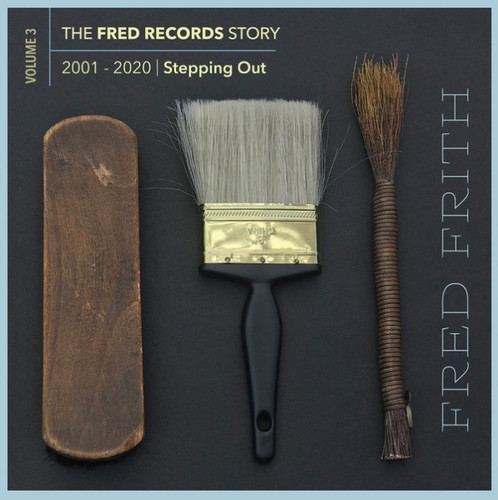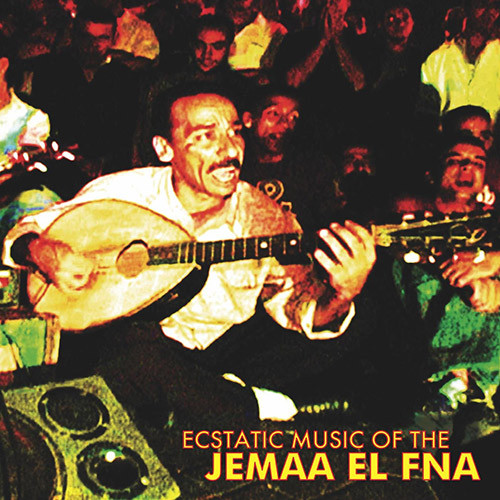Back in stock
Chemist
FINALLY RESTOCKED! "New studio work featuring three long pieces in classic Necks minimal/maximal style. Why waste words?" (label info)"Chemist is the 13th release from Australian maverick trio The Necks, now approaching their 20th Anniversary, and still occupying a genre-group of one. Their slow, gripping, development of a single idea over the length of a whole CD, while somehow obvious, has proved un-copyable, mostly because it so much depends on the unique musical personalities and extreme vir…
Mindset
CD edition: now in their twenty-fourth year, the Necks' new release, Mindset, their sixteenth album, and first LP - features two starkly contrasting tracks: the pulsating, raw, 'Rum Jungle' and the slower building, rather hypnotic 'Daylights.' Polyrhythms imbue both pieces with powerful forward motion, embroiled with which ethereal piano patterns interweave with bass, drums, electronics, churning Hammonds and noise-guitars. Drummer and percussionist Tony Buck writes: Mindset shares some …
Abbiamo Tutti I Suoi Problemi
Picchio dal Pozzo is regarded as one of the most original, impressive and highly respected of all the experimental groups to have come out of Italy in the 1970s. They share their original label with Henry Cow's Concerts, and were early invitees to the canonical Recommended Sampler. Aldo De Scalzi, Andrea Beccari, Giorgio Karaghiosoff and Paulo Griguolo all met at infant school and began playing Teleman, Corelli, Bach and Mozart together in their school orchestra. In 1969, Aldo's brother, one of …
Pragma
Tim is best known as a founding member of the legendary avant rock group Henry Cow [1968-1978]. Pragma is an intense fusion of contemporary classical music and rock energy. There are six substantial compositions focusing on horns, violins, percussion, voices, & small orchestral ensembles. Includes: "SHHH" (for taped voices, including fragments of Ana-Maria Avram's 'Archae'); "For Looking Inside" (for 3 prepared violas) & 4 others.
Peggy
Jon Rose and Chris Abrahams (of The Necks), after four decades of being parts of other projects, finally got around to recording as a duo. Jon uses a number of violins, including the bird - a specially made tenor hardanger fiddle with sympathetic strings; his tunings are non-standard, and create complex microtonal dissonances with the standard keyboard. Abrahams is unfazed and somehow manages to make the conversation coherent; they’re still speaking one language – probably because these are both…
Cosmo Sun Connection
A CD containing the limited edition Recommended LP release that has been out of print for the last 12 years - though much in demand, since it comprehensively covers the diversity of the Arkestra's work - via Africa, through Ellington and all the way on to Pure Electronics. Given to us by Ra over a decade ago, we intend to apply the royalties of this re-release directly to the Arkestra. A Classic
Folie/Culture
This soundtrack contains many silences... Don't turn up the volume: it should be set so that the music and ambient sounds blend together. Better: open the windows and listen to it all. This is a four parts work, with an additional optional piece. To program this musical interlude in the listening sequence, call for the number 5. If your cd player doesn't allow sequence programming, just wait a few minutes after the fourth part: it is there somewhere.
Intonarumori: Ieri ed Oggi
New and old compositions for Luigi Russolo’s legendary Intonarumori. After publishing his visionary manifesto, the Art of Noises, in 1913, the futurist painter Luigi Russolo designed and built a revolutionary family of new instruments with which to compose with noise: black, wooden boxes, fitted with huge acoustic horns, crank-handles (to drive them) and levers (to vary the pitch). They came in different varieties – designed to give composers access to five of what Russolo had identified as ‘the…
Messiaen et autour de Messiaen for ondes Martenot and Piano
A signature collection of exquisite works for onde Martenot and piano by Olivier Messiaen, N'Guyen Thien Dao, Jacques Charpentier and Tristan Murail, exploring the many voices of this extraordinary instrument. The onde (or ondes musicales or le Martenot) was first demonstrated at the Paris Conservatoire in 1928 and immediately attracted the attention of Varese, Milhaud, Koechlin, Jolivet, Honegger and Messiaen, who all wrote for it - cumulatively ensuring its survival. Seven years younge…
Savage songs
Jorge Antunes (b. 1942, Rio de Janeiro) studied violin, composition and conducting at the University of Rio de Janeiro, as well as studying physics at the same institution. He further studied composition with Alberto Ginastera and Luis de Pablo. From 1970-71 he attended the University of Utrecht (Gotfried M. Koenig). From 1972-73 he worked with Groupe de Recherches Musicales in Paris. In 1962 he began his research in electronic music thus becoming a pioneer in the development of this field in Br…
Silverwater
Restocked. Their first studio CD for three years - named after an industrial suburb in Sydney famous mainly for its correctional facility - Silverwater ranges further and wider than the Necks former releases, exploring a more sectional structure that counterposes extremes and contrasts, and possesses a greater sense of forward motion than we are accustomed to with this most economical of bands though it still retains the long, hypnotic single-track iterative form for which they have been praised…
Speak Puppet
Prepared guitars and dobro, for the most part composed and all very much in Janet's own unique style - somewhere between classical, experimental and folk-picking with attitude. Which doesn’t tell you much about how listenable and strange these pieces are, but then there's no one to refer to or to compare with since Janet is really in a class of one. On some tracks she is joined, variously, by Thinking Plague guitarist Mike Johnson, Margot Krimmel (prepared harp), Mark Weber (voice) and Mi…
Sounds From Dangerous Places
Two CDs and a 90 page hardback book with photos, info and interviews from audio documenter and experimenter Peter Cusak, recording in Chernobyl, The Caspian Oilfields, and various dangerous locations in the UK. The Chernobyl disaster of 26th April 1986, was the realization of all our fears of the nuclear industry, leading many countries to suspend their nuclear power programmes. Two and a half decades later, nuclear power is again reasserting itself, presented by governments and the industry as …
Rosin
As this four-disc retrospective shows, Australian violinist Jon Rose has done more than any musician to revolutionise the approach to his instrument, with technical developments and radical performance strategies. Jon Rose is one of the most productive, original and focused people I know; he's also an extraordinary musician and an inspired composer. To mark his 60th anniversary we are releasing this three CD box of previously unreleased works ranging from radio documentary and radio fiction to v…
The Fred Records Story Vol. 2 - Crossing Borders
Second of a three-box collection by one of the most innovative guitarists and composers of his generation, containing 8 ReR CDs, a bonus Fred title and a fat historic booklet with artwork, photographs, extensive notes & other comments by Fred, all packed into in a sturdy box -- and at a budget price. Box 2 contains: Live in Japan, Speechless, Prints, Step Across the Border (film score), Impur 2 (large ensemble), Art of Memory II (with John Zorn), Skeleton Crew (double CD with Zeena Parkins and T…
The Fred Records Story Vol. 3 - Stepping Out
Third of a three box collection by one of the most innovative guitarists and composers of his generation, containing eight ReR CDs, a bonus Fred title and a fat historic booklet with artwork, photographs, extensive notes and other comments by Fred, all packed into in a sturdy box -- and at a budget price. Box three contains: Technology of Tears, Propaganda, Allies, Accidental, The Previous Evening, Happy End Problem, Nowhere, Sideshow, Field Days. Plus, bonus CD Inimitable (previously unreleased…
Ecstatic Music of the Jemaa El Fna
For centuries, the Jemaa El Fna (Rendezvous of the Dead) has remained the stage for one of the most spectacular social forums on the planet. By day, this central square in the city of Marrakesh, one of Morocco's great imperial cities, fosters a kaleidoscope of entertainment for its local inhabitants; storytellers, acrobats, magicians and snake charmers all create intriguing displays of bewitching spectacle. As the sun sets, the evening grows frantic with the pulse of the crowd; it is then that t…
A Grain Of Earth
*In process of stocking* ‘A grain of Earth’ is the first solo venture and expression of several years of working with instant compositions and the timbral possibilities of an acoustic piano. This has been wrapped in an idea of realities beyond our perception, and a thought that we are a part of a big organism where everything goes endlessly bigger and smaller in scale of size, time and speed. Everything moves in constantly interfering waves of energy; echoing and reflecting, in ceaseless dance o…

